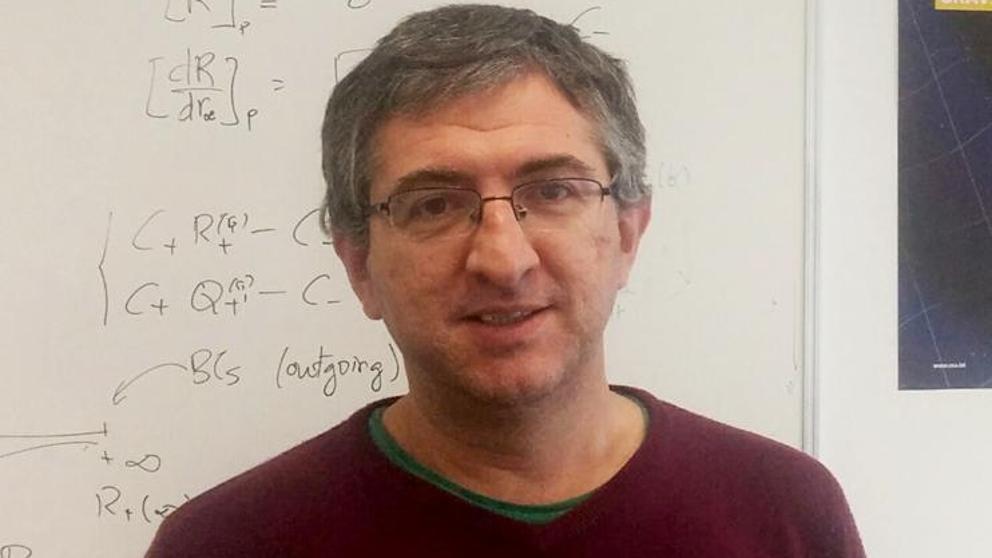Physics Nobel Prize 2020: Black Hole Formation and the Supermassive Black Hole at the Milky Way Galactic Center

The Black Hole concept is also a geometrical concept in the sense that their composition is irrelevant. Moreover, the Black Hole concept is revolutionary: Despite Karl Schwarzschild found the first Black Hole model in 1916 it was not until the late 1950s that we understood their nature.
Roger Penrose pioneered in the 1970s a new way of studying General Relativity, with new methods and techniques, that clarified the fact that Black Holes are not just weird solutions of the theory but the unavoidable consequence of gravitational collapse and therefore they must be ubiquitous objects in our Universe. On the other hand, the most convincing observational evidence of the existence of Black Holes (left alone the recent observations by the LIGO gravitational wave detector that already got the Nobel Prize) comes from the observations of the Galactic Center made since the early 1990s by the research groups led by Reinhard Genzel and Andrea Ghez. By monitoring stars orbiting the region of Sagittarius A* they concluded that there must be a supermassive black hole pulling those stars into such orbits. And this is the most conservative explanation that we have for this system.
